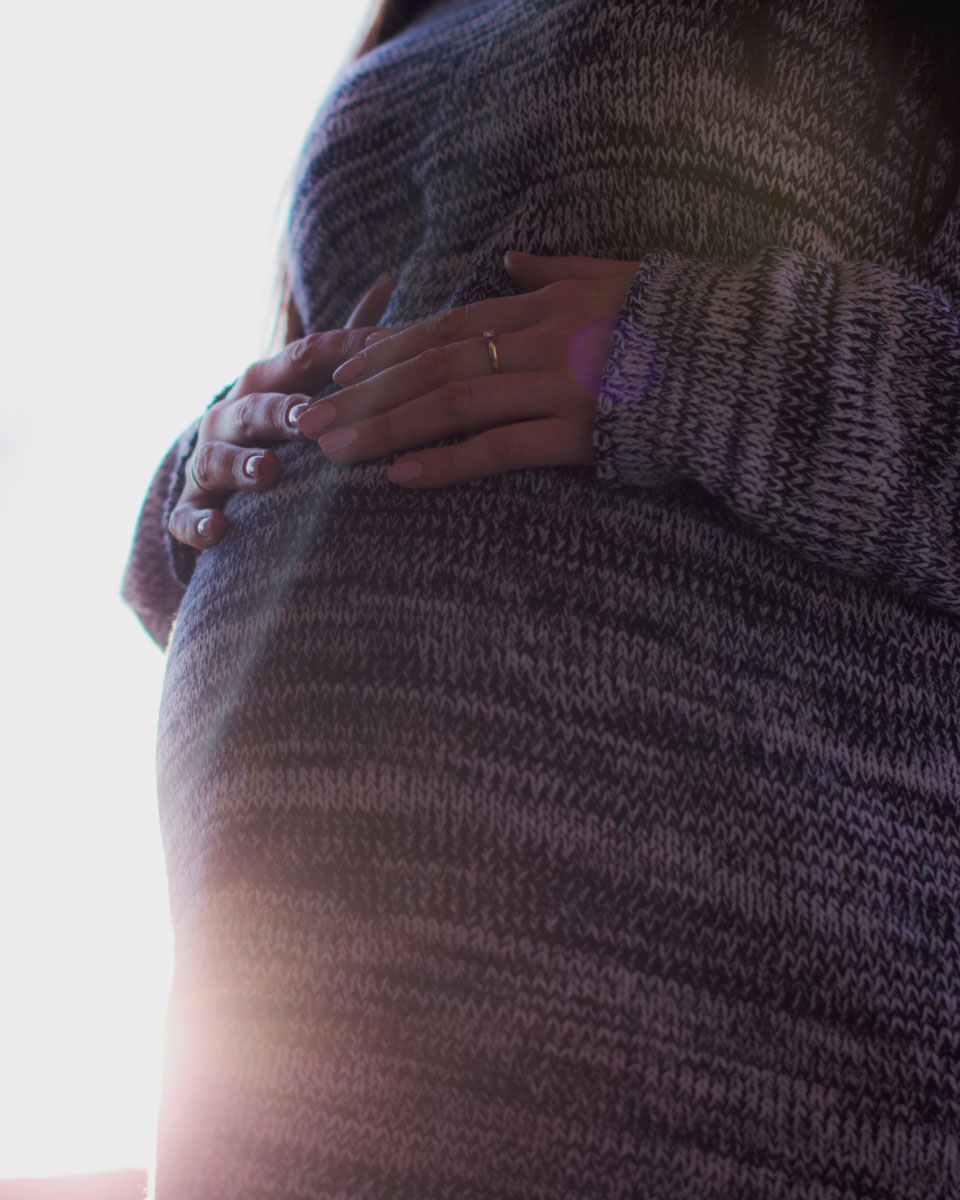Direct Inguinal Hernia Symptoms
Like other groin hernias, a bulge which can be the first sign of a direct inguinal hernia. A dull ache is probably a bit more common than sharp pain with these types of hernias. Also, like other groin hernias, direct inguinal hernias are usually more symptomatic after prolonged standing, walking, running, or other activity using our core abdominal muscles. Even laughing, coughing, and sneezing, can exacerbate the discomfort.
Warning Signs
Pain is certainly a warning sign. Fortunately, however, direct inguinal hernias are less likely to progress to bowel strangulation than indirect inguinal hernias.However, bowel entrapment causing a bowel obstruction can still occur and even strangulation resulting in bowel ischemia and the need for bowel resection can occur. These symptoms can be discoloration of the skin overlying the area of hernia bulge, intense pain at the site or within the abdomen, or nausea and vomiting.
Risk Factors
Again, male gender is an independent risk factor. Unfortunately, guys, men develop direct inguinal hernias more than women.
Family inheritance has been found to be a factor and a family history of another first degree relative with any hernia (not just a direct inguinal) is a risk factor. Smoking also is a significant risk factor for direct inguinal hernias. All of these factors increase the risk along with the separate factors listed below.
More so than the indirect inguinal hernias, any activity that places chronic stress on the lower abdominal wall is also a risk factor to develop a direct inguinal hernia. Some examples are:

- Multiple childbirths
- Chronic constipation
- Straining to urinate (prostate problems)
- Chronic cough
- Heavy lifting over time
- Obesity
Treatment and Repair
The repair options for Direct inguinal hernias are exactly the same as for indirect inguinal hernias. Either a laparoscopic approach or a small, “open” repair incision may be utilized.To be honest, the distinction between an indirect and a direct inguinal hernia is often made at the time of operation. Either variety of inguinal hernia can be approached via these techniques. With the direct hernia, a mesh product to strengthen the entire “myopectineal orifice” or the groin on that side is even more important than the indirect repair. Why is this the case? Remember, the DIRECT inguinal hernia occurs DIRECTLY through the medial inguinal floor. Often, we find that the direct inguinal hernia has “blown out” the entire medial aspect of the inguinal floor. Because of this ‘blow out’ a large piece of mesh may be necessary to strengthen the entire floor of the inguinal region to prevent a recurrence. As well, many patient that develop a DIRECT inguinal hernia on one side and have no evidence of a groin hernia on the other side develop a direct inguinal hernia on the opposite side at some point in the future. This is likely due to intrinsic weakness of the inguinal floor from one of the risk factors stated above.
The patient is usually getting back to normal and without ongoing pain two weeks after surgery, but we ask the patient to be careful with extreme lifting or overly strenuous activity for a total of six weeks after the repair.
Prevention
Fortunately, as one can see from the list of risk factors above, some of these factors are actually in the control of the patient. Smoking cessation is an extremely important risk factor that can be completely avoided if the patient chooses.
Maintaining a healthy weight, avoiding improper lifting mechanics (don’t hold your breath while lifting!), and getting treatment for chronic constipation and urinary retention are other preventative measures.
If you feel that you have a DIRECT inguinal hernia, contact our office for a consultation. You may not require surgery even if you do have a direct inguinal hernia, but we can help make sure you have the correct diagnosis and help you with learning to monitor for warning signs.